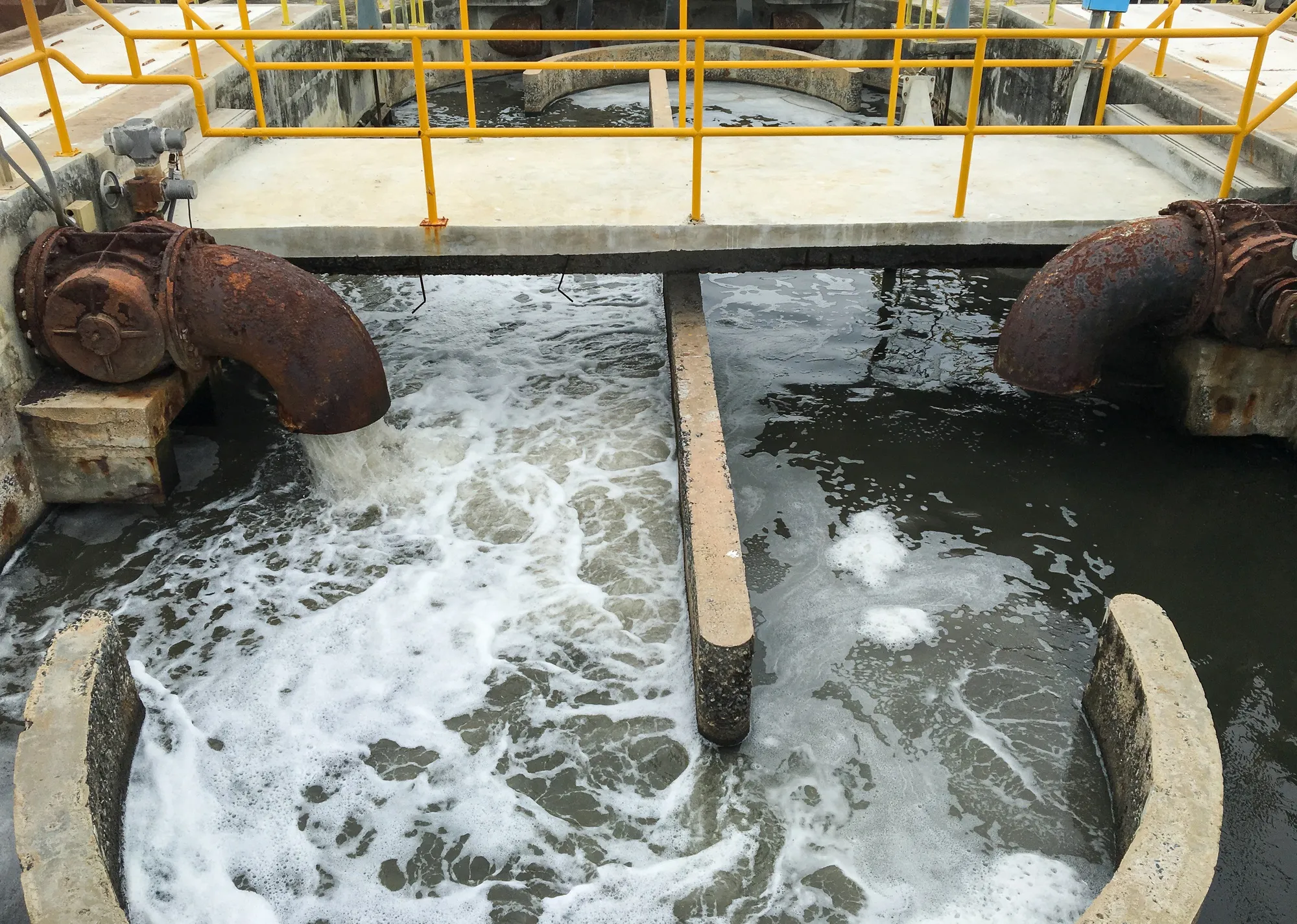Keywords
1. Constructed wetlands
2. chromium removal
3. Wastewater treatment
4. Mathematical modeling
5. Environmental engineering
In a significant stride forward for environmental engineering and sustainability, a team of Greek researchers has unveiled a mathematical model that accurately predicts the removal of hexavalent chromium (Cr(VI)) from wastewater in constructed wetlands (CWs). Published on January 12, 2024, in the journal “The Science of the Total Environment,” this innovative approach offers a deeper understanding of the complex mechanisms behind Cr(VI) remediation, which is crucial for designing efficient treatment systems. The study is indexed in the journal’s current volume under the DOI: 10.1016/j.scitotenv.2024.170088.
Constructed wetlands have become increasingly crucial in the modern wastewater treatment landscape, offering a sustainable, low-cost alternative to conventional methods. These systems leverage natural processes to cleanse water, and their effectiveness in removing contaminants like Cr(VI), a toxic and carcinogenic substance, has been well-documented. However, despite numerous experimental studies highlighting the efficiency of CWs, a gap existed in the literature: a comprehensive mathematical model describing the complex processes facilitating Cr(VI) removal had yet to be established—until now.
The interdisciplinary team led by Karametos Ioannis I, a researcher from the Department of Civil Engineering at Democritus University of Thrace, collaborated with six other experts from various Greek institutions. The researchers’ collective efforts birthed a mathematical model describing the main mechanisms—biological reduction, plant biomass uptake-sorption—responsible for the removal of Cr(VI) in a wetland ecosystem.
The new model, which represents a culmination of intricate research, was carefully calibrated and validated against data recovered from a prior experimental study relating to horizontal subsurface CWs. Through mathematical simulation, the study reveals that Cr(VI) removal in an unplanted wetland is predominantly managed through the diffusion/reduction process within biofilm attached to porous media. Conversely, in a planted wetland, root sorption by the system’s plant life is the principal mechanism at play.
A remarkable consistency was observed between the model’s predictions and the original experimental data—a testament to the model’s validity. These results firmly indicate the potential application of the model in the design and predictive management of full-scale constructed wetland projects targeting Cr(VI) removal. The implications for environmental protection and industrial wastewater treatment are profound.
The work of Vasiliadou Ioanna A, from the Department of Chemical Engineering at the Western University of Macedonia, and her colleagues represents a leap in scientific understanding that has long been sought after. By facilitating the reliable design of wetland systems, this model could expedite the adoption of eco-friendly and efficient wastewater treatments globally.
The journal article echoes the sentiments of senior author Vayenas Dimitrios V of the Department of Chemical Engineering at the University of Patras and the Institute of Chemical Engineering Sciences (FORTH/ICE-HT), asserting the importance of such research in propelling us toward a future where clean water is secured and industrial contaminants are managed with greater efficiency and responsibility.
For future reference, the exhaustive list of contributors to this groundbreaking study includes Papaevangelou Vassiliki and Akratos Christos S from the Department of Civil Engineering at Democritus University of Thrace; Sultana Mar-Yam and Tekerlekopoulou Athanasia G from the Department of Sustainable Agriculture at the University of Patras.
Their joint effort has produced a reliable tool that can aid in the advancement of the CWs and the persistent challenge of Cr(VI) contamination, showcasing how precise, science-based models can serve as the backbone for environmental innovation.
The study has been published with the support of Elsevier B.V. and stands as a hallmark in the field, guiding future research and practice in environmental engineering with its breakthrough findings.
References
1. Karametos, I. I., Vasiliadou, I. A., Papaevangelou, V., Sultana, M. Y., Tekerlekopoulou, A. G., Vayenas, D. V., & Akratos, C. S. (2024). Mathematical modeling of constructed wetlands for hexavalent chromium removal. Science of the Total Environment, 170088. https://doi.org/10.1016/j.scitotenv.2024.170088
2. Kadlec, R. H., & Wallace, S. D. (2009). Treatment Wetlands. CRC Press.
3. Vymazal, J. (2011). Constructed Wetlands for Wastewater Treatment: Five Decades of Experience. Environmental Science & Technology, 45(1), 61–69. https://doi.org/10.1021/es101403q
4. Reddy, K. R., & DeLaune, R. D. (2008). Biogeochemistry of Wetlands: Science and Applications. CRC Press.
5. Zhang, D., Gersberg, R. M., Ng, W. J., & Tan, S. K. (2009). Removal of pharmaceuticals and personal care products in aquatic plant-based systems: A review. Environmental Pollution, 157(10), 2728–2738. https://doi.org/10.1016/j.envpol.2009.05.004
This exemplary research by Greek scholars bridges a critical knowledge gap in wastewater treatment, potentially unlocking new horizons in the quest for a greener, more sustainable future, preserving the environment, and ensuring public health and safety.
The insights offered by this study could influence not only environmental policy and industrial regulations but also support the advancement of green technology in water treatment. The development of the mathematical model for the removal of hexavalent chromium from wastewater by constructed wetlands stands to reinforce best practices and inspire innovative ways to maintain the delicate balance between industrial progress and nature conservation.
